Teen Fiction 2022 by the Numbers (So Far)
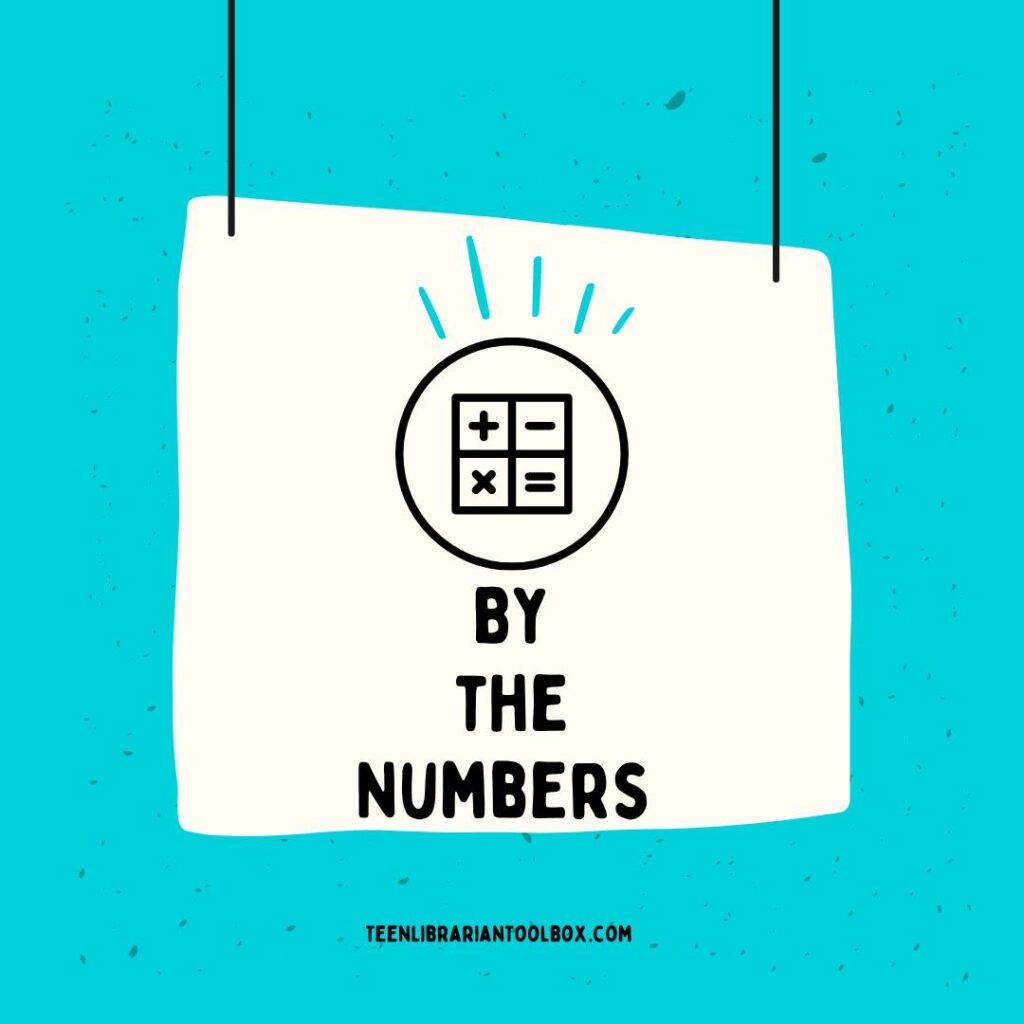
It’s almost the end of April, which means we are 1/3 of the way through 2022. I thought I would take a look today at some of the numbers we’re seeing in YA publishing this year. I use a variety of resources to keep an ongoing spreadsheet of YA titles that are being released in the current given year that I am working on. I personally find that having a broad overview can help me when making those daily microdecisions about what to buy, personally and professionally. So let’s take a look at when we’re seeing so far.
By the Numbers
Using a spreadsheet, I can find and locate:
- 622 first edition YA hardbacks listed so far as coming out in 2022
- 258 trade paperbacks that aren’t listed as being a reprint (a reprint is a trade paperback that came out previously as a hardback)
- 81 YA translations, which means they were originally published in a language other than English and have been translated into English
- 661 YA graphic novels and manga
- 13 YA books listed as High/Low, these are predominantly from Orca publishers and are written as part of their High/Low line
Added all together, this is 1,835 books coming out in 2022 identified as YA. The ages can be anywhere from 12 and up. In fact, 1134 are listed as 12-14 and 728 are listed as ages 15+. And for the record, this is only looking at YA fiction in the United States available from large publishers through large vendors.
ADVERTISEMENT
ADVERTISEMENT
Another vendor created list indicates 1,822 new YA titles as coming out in 2022, so the two lists are on par. In comparison, Goodreads lists 703 books as new YA for 2022 at the current moment. The Goodreads list tends to focus more on hardback and excludes a lot of the trade paperbacks, GNs and High/Low titles. But we’re looking at roughly between 620 to 700 first run YA hardbacks from major publishers. Please note, this number is far bigger when you start factoring in smaller, independent presses and self-published titles.
Seeing Stars
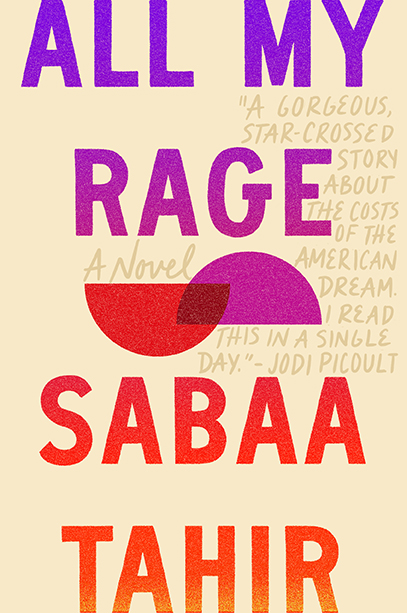
Of those titles on my spreadsheet, I can currently identify 106 as having at least one starred review. The reviews correlated here are by the major, traditional professional outlets like School Library Journal, Publisher’s Weekly, Booklist, Hornbook, etc. Because books are constantly being newly reviewed, it is entirely possible that by the time I post this it has already changed, so that’s my disclaimer. Also, books coming out later in the year have typically not yet been reviewed. Here’s a breakdown of what that looks like:
- 1 book has 8 stars – All My Rage by Sabaa Tahir
- 1 book has 6 stars – Ain’t Burned All the Bright by Jason Reynolds
- 1 book has 4 stars – I Must Betray You by Ruta Sepetys
- 11 have 3 stars
- 31 have 2 stars
- 61 have 1 star
This information is organic and ever changing. But it definitely gives us a good snapshot of where we are at only 1/3 of the way into 2022.
What’s That Genre/Subject Heading?
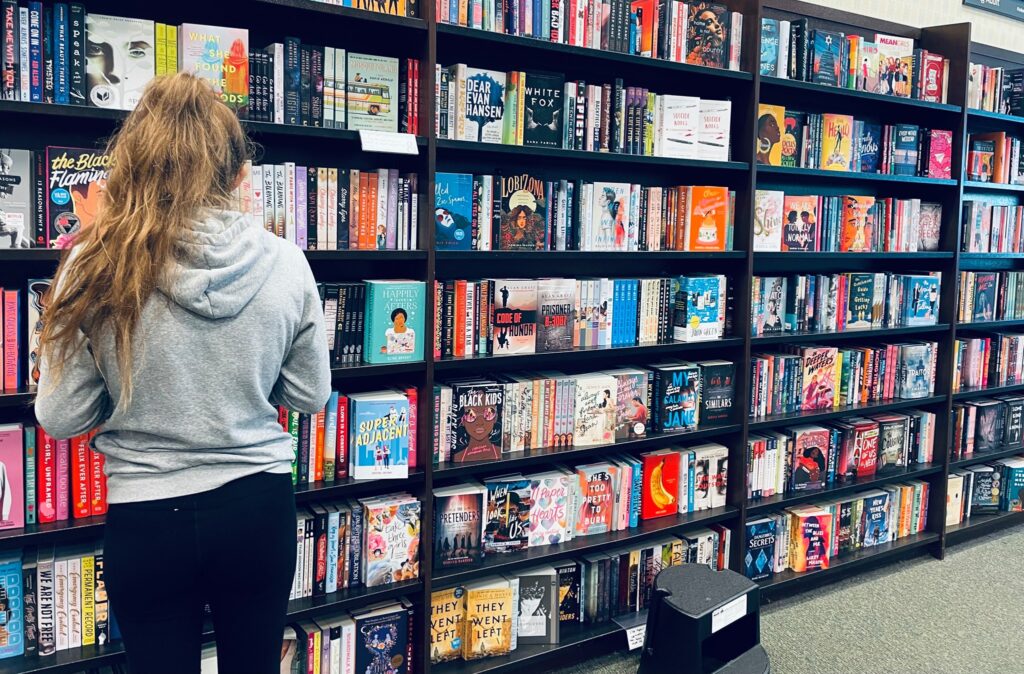
Taking a deeper look at specifically the first run hardback fiction (622 titles), I see the following subject headings:
- Action/Adventure: 13
- Arts, Performing: 6
- Christian Fiction: 5
- Death and Dying: 11
- Disabilities: 1
- Fantasy: 172
- Historical Fiction: 19
- Horror: 25
- Humorous Fiction: 2
- LGBTQ+: 31
- Mystery/Detective: 15
- Romance: 108
- Science Fiction: 37
- Sports Stories: 4
- Suspense Thriller: 47
- Listed as being a sequel or part of a series or trilogy: 128
It’s important to note here that most books have more than 1 category heading, the numbers above are just the first category listed, which means it is the primary category. However, most books have several subcategories so, for example, a book may be listed as suspense thriller but also have a mystery/detective subheading or an LGBTQ+ subheading. There are also a lot of loose, single titles in less represented genres/subjects that I didn’t include here. For example, one title came up under the subject heading dogs. This is just a broad overview of the major subject heading categories.
What’s It all Cost?
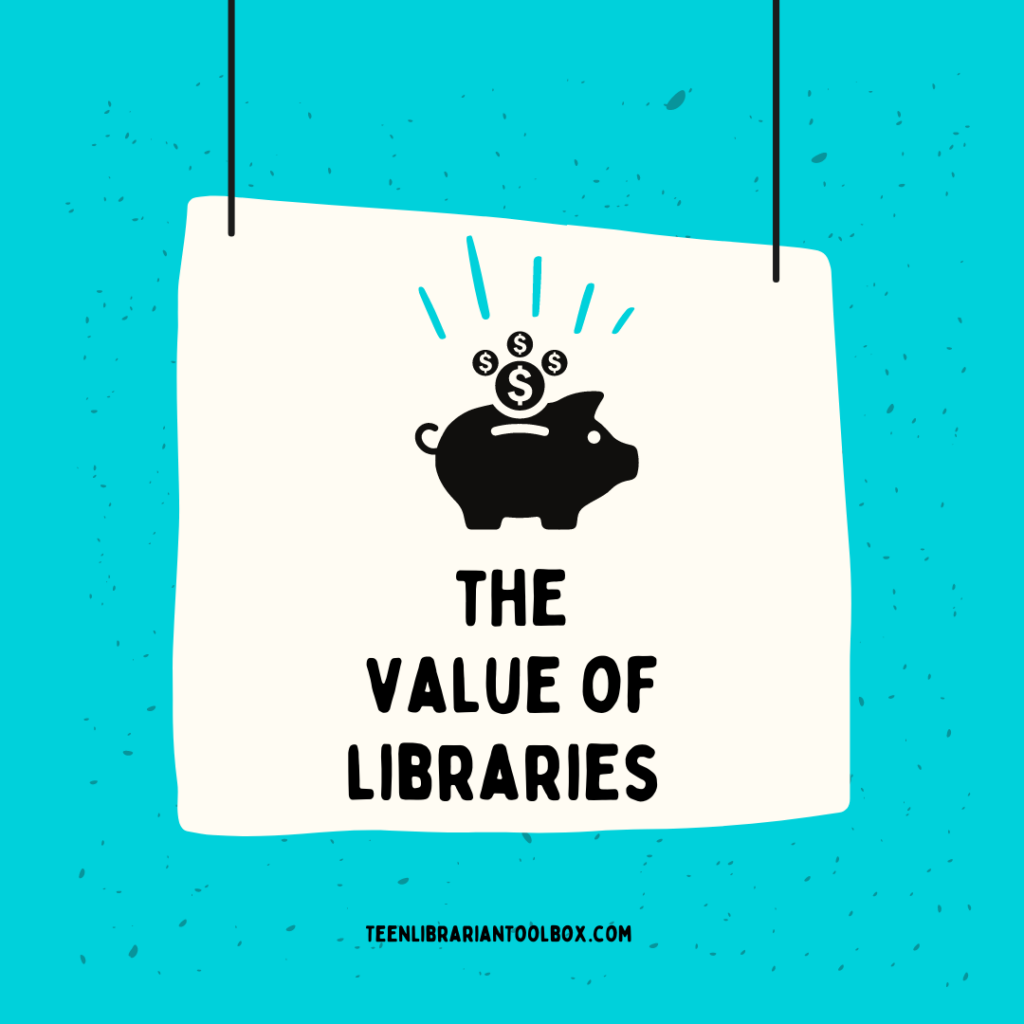
On average, most YA hardbacks cost around $18.99 per book. At 622 books, that would be a total of $11,811.78 to buy one copy of each title released in 2022. Again, this total is only for first run hardback fiction released by major publishers and purchased through major vendors in the United States that come out in 2022. This doesn’t include nonfiction, trade paperbacks, backlist titles, or any replacements. It’s 1 copy of each title for one branch. Even when I worked at a medium sized branch with a good budget, a decent sized YA collection, and admin support, my YA budget was $4,500 total. It was 4% of our overall budget because our circulation was 4% of our overall circulation. This means that I could purchase and select around 238 titles, or less than half the title released that came out that year.
If you look at an average cost of $18.99 and the total fiction list of about 1,835 YA fiction titles coming out, you’re looking at a total cost of $34,846.65. To start adding nonfiction titles into this cost, you are looking at well over $50,000 a year. Again, this is for a single copy of each title for a single branch.
It is, of course, more complicated than that. For one, most libraries use vendors precisely because they get a discounted price. Libraries don’t pay $18.99 per book, which is part of how libraries get their value. However, if my total budget was $4,500 for the year, that means replacements, multiple copies, and other items had to come out of that as well.
What’s It all Mean?
ADVERTISEMENT
ADVERTISEMENT
For 30 years, I have been buying YA fiction for libraries in the United States. I have worked at smaller, single branch libraries. I have worked at larger, multiple branch libraries. There is no library that has a budget big enough to buy every book released and even if they did, there is no library big enough to shelve them all and keep a good backlist stocked as well. That’s what we do as librarians, comb through these lists using data and our expertise to try and build the best collections to meet the needs of the highest numbers of people possible in our local communities. And it’s just not about buying the new, but about analyzing and evaluating the old as well.
One of the reasons I even have a big overarching spreadsheet to crunch these numbers is that it helps me to know when big books are being released. I can’t spend all of my money to early in the budget year, or I won’t have break out best sellers that I didn’t predict later in the budget year. It also helps me do things like talk about trends and make RA tools to share with the public. It also helps me answer tough questions I can get about why we don’t have x, y or z. Sometimes the answer is, there’s not a lot of that being published right now. Because at the end of the day, although we are constantly having to make hard decisions about what we do and don’t buy, sometimes there are gaps because there are gaps in what is being published.
At the end of the day, I just find looking at the numbers and trends and crunching the data fascinating. It’s always been one of my favorite parts of the job. I love the books and I love the teens, but I love crunching the numbers and evaluating the data as well. I never knew that I would do so much math as a librarian, but here I am!
Please remember, there are 1,000 caveats to this data. Another person using different tools would come up with different numbers. I just wanted to take a quick snapshot of what I’m seeing and share.
Filed under: Collection Development, YA Fiction
About Karen Jensen, MLS
Karen Jensen has been a Teen Services Librarian for almost 30 years. She created TLT in 2011 and is the co-editor of The Whole Library Handbook: Teen Services with Heather Booth (ALA Editions, 2014).
ADVERTISEMENT
ADVERTISEMENT
SLJ Blog Network
Our 2025 Mock Caldecott Program
And, Too, the Fox: A Cover Reveal and Conversation with US Poet Laureate, Ada Limón
Papercutz Adds a Second Volume of Lost in the Future | News and Preview
The Seven Bills That Will Safeguard the Future of School Librarianship
Gayle Forman Visits The Yarn!
ADVERTISEMENT

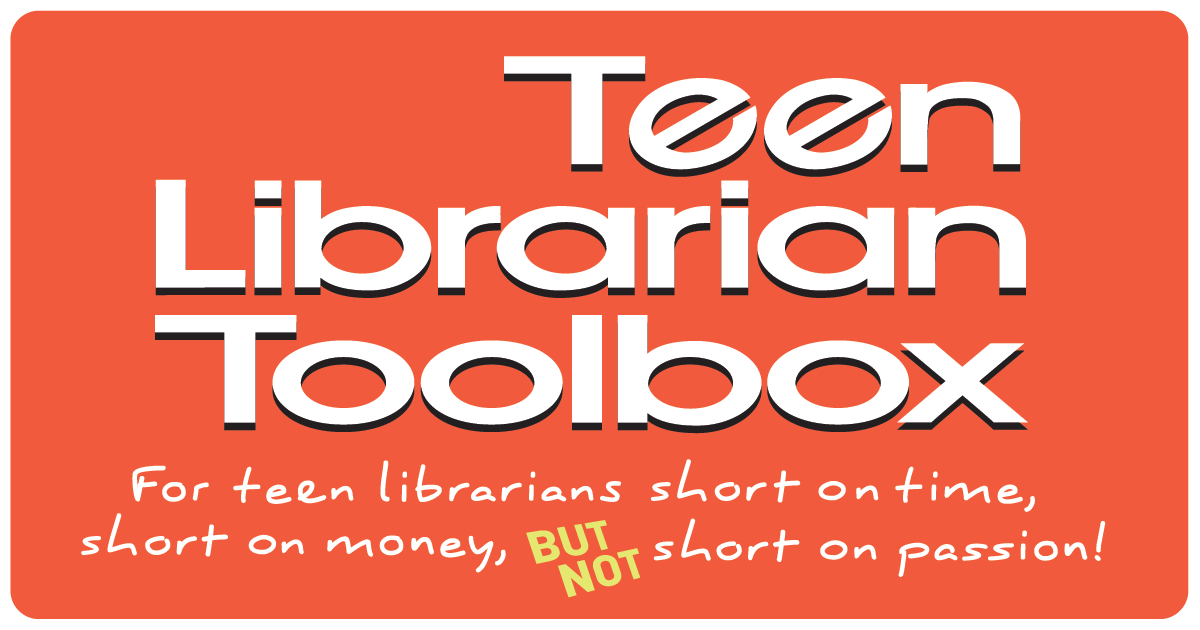

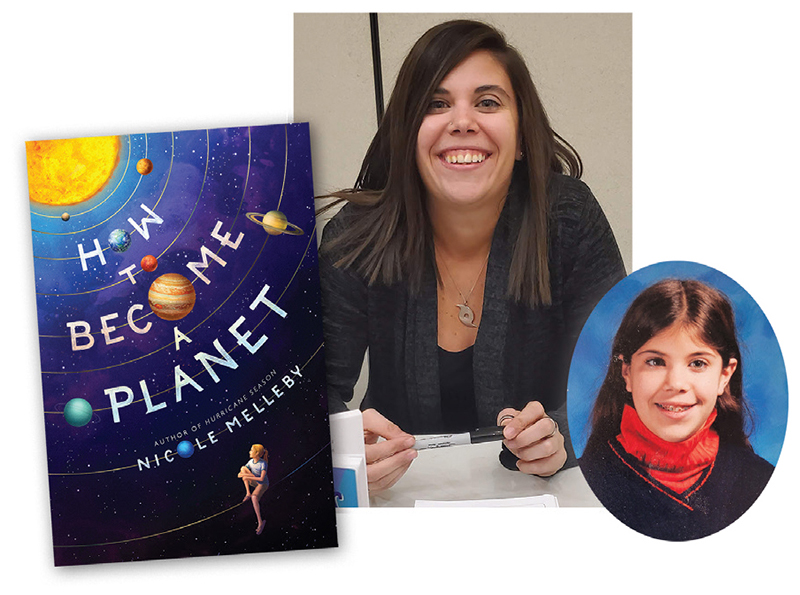
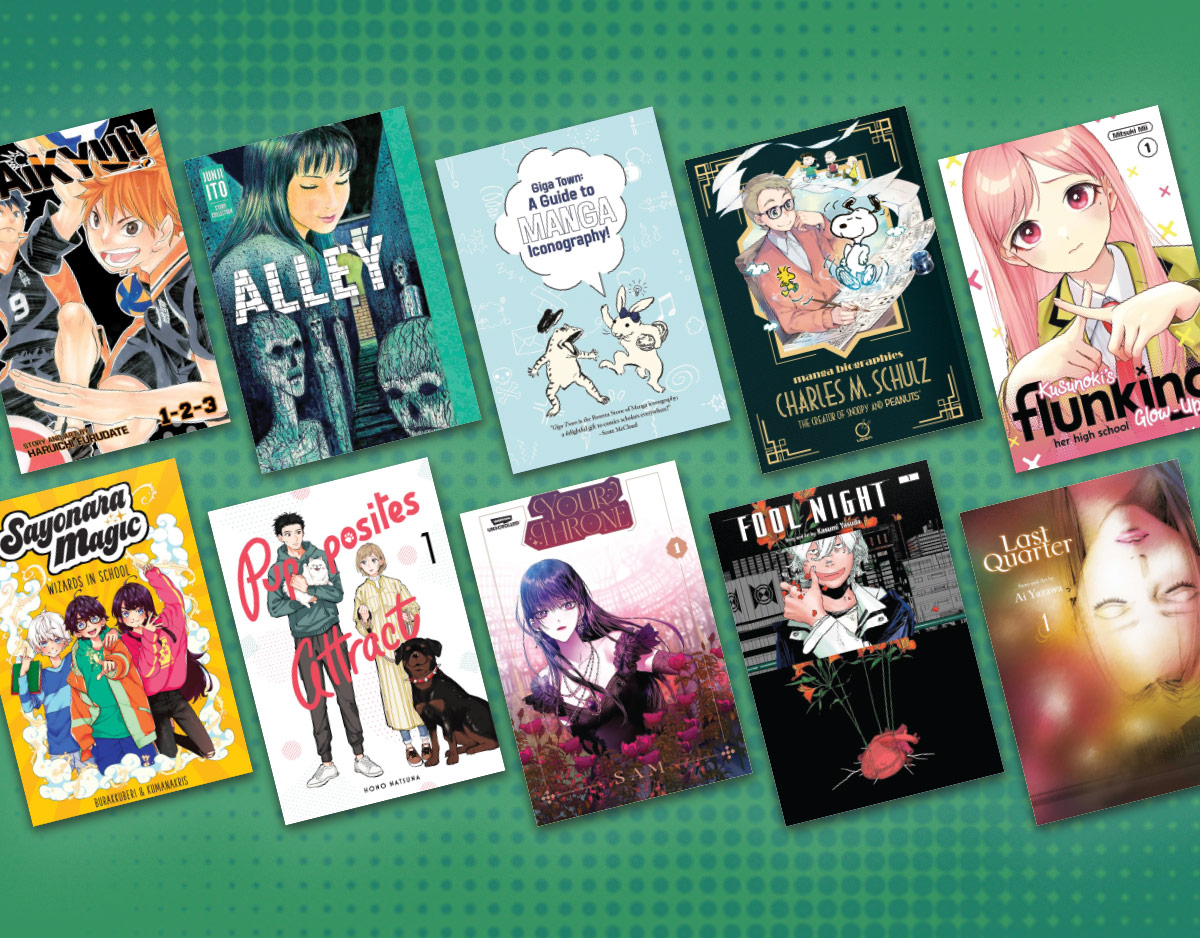
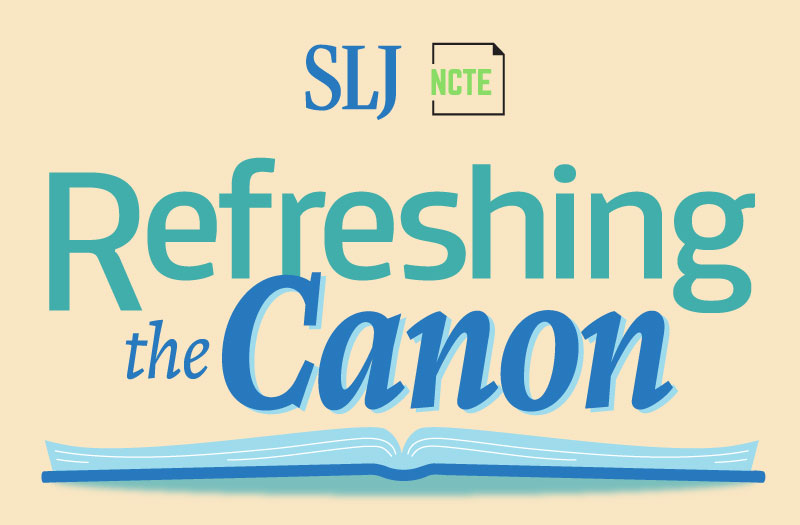

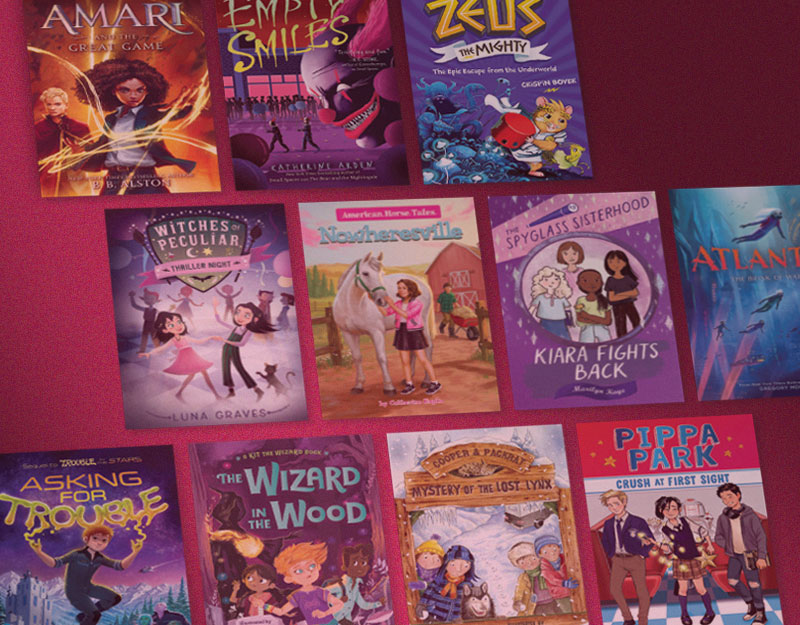
Great post! Thank you!
This is super interesting! What’s the source of your data? Catalogs that get shipped to libraries?